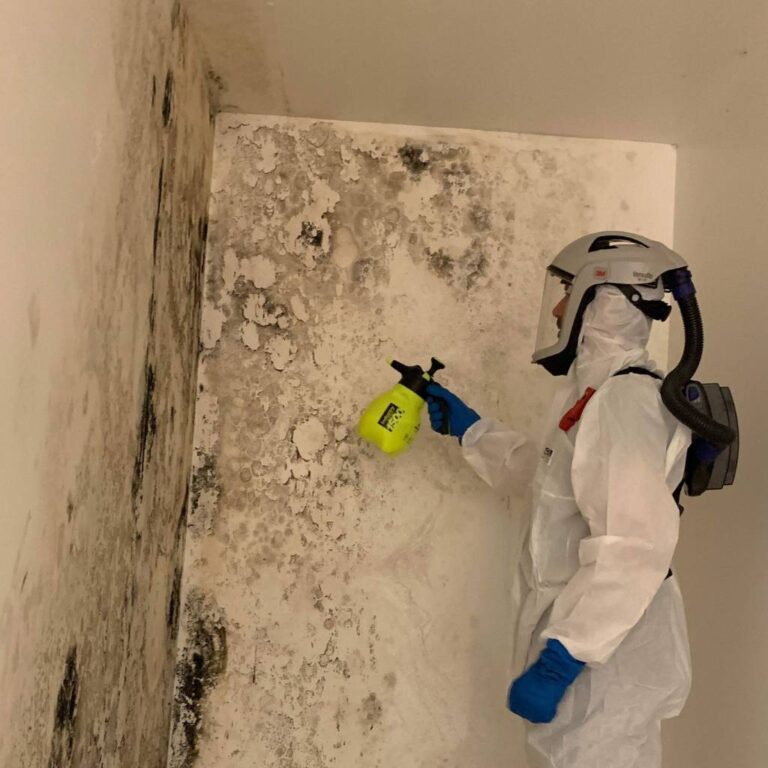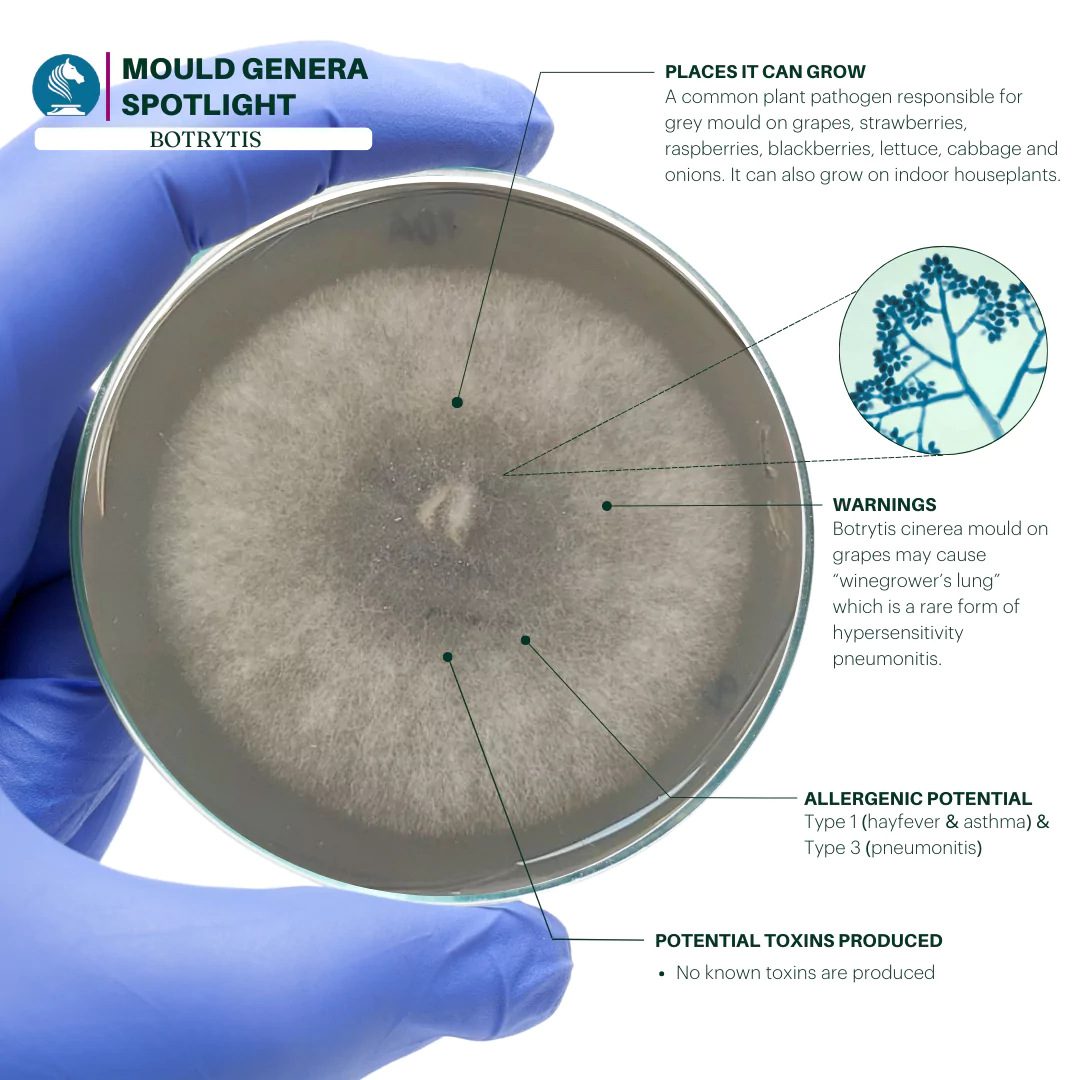
Cavity Wall
insulation
The 3 types of Retrofit Insulation
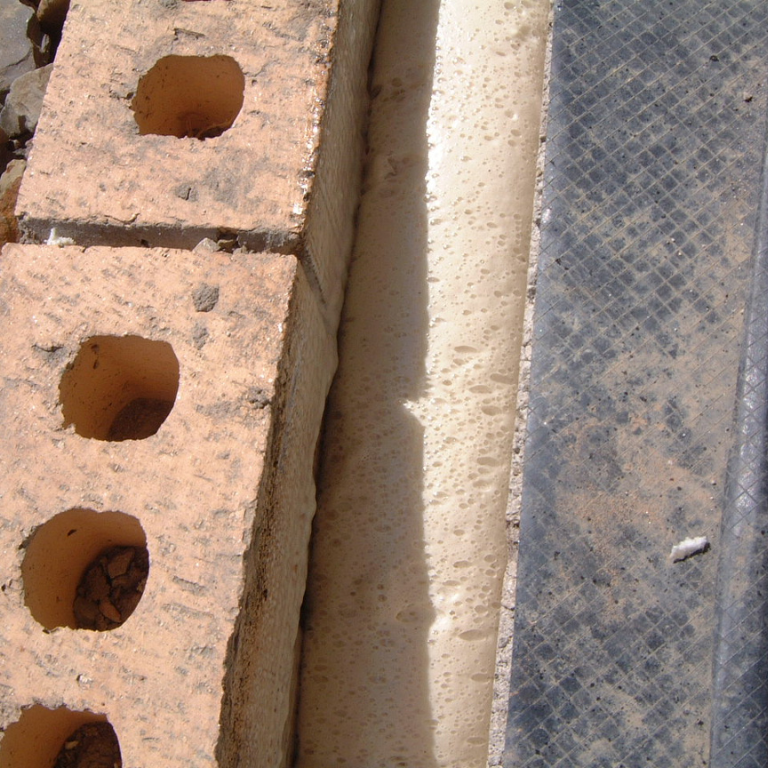
Injected foam
This gives the best U- value and best resistance to moisture penetration. It is injected under pressure through drill holes in the external brickwork
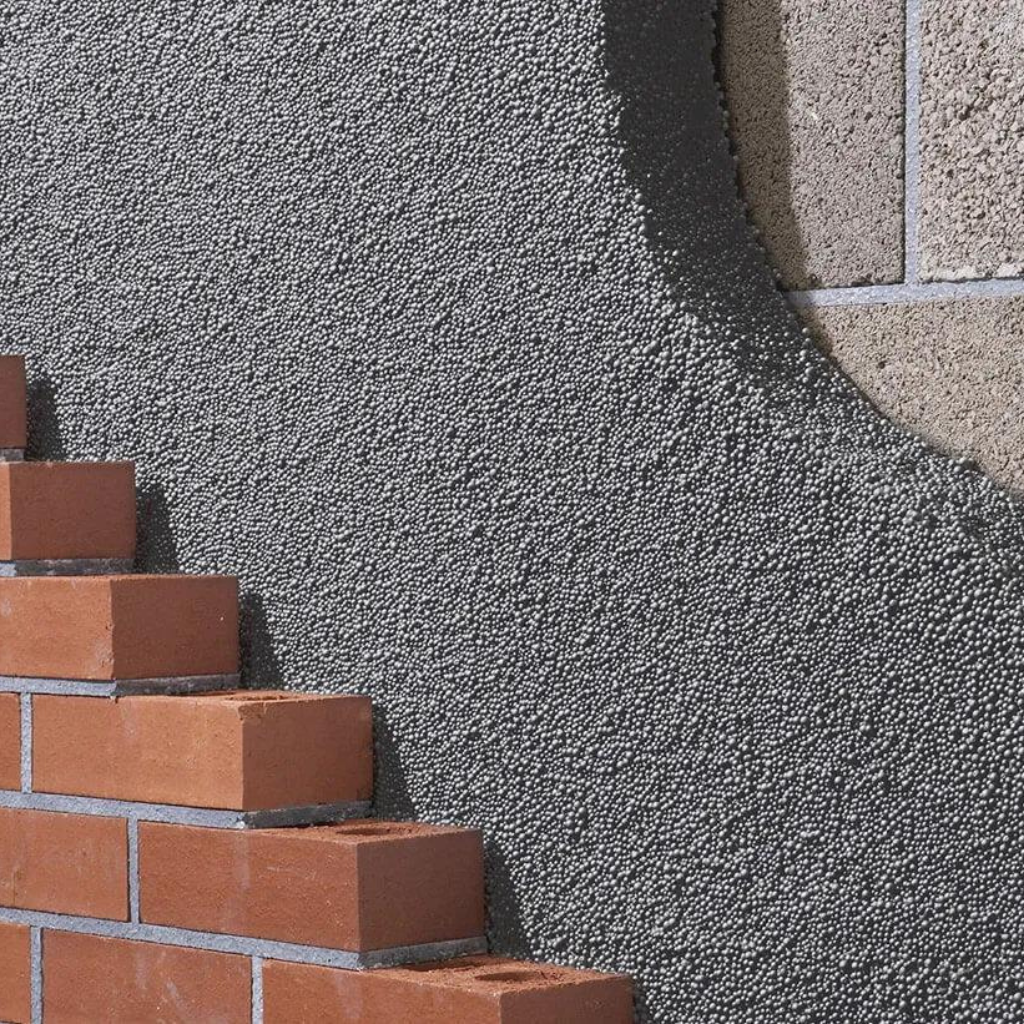
Polystyrene beads
These are either white or graphite beads. The latter are often coated with glue as they are injected and stick together, giving a better U-value and reducing the chance of settlement
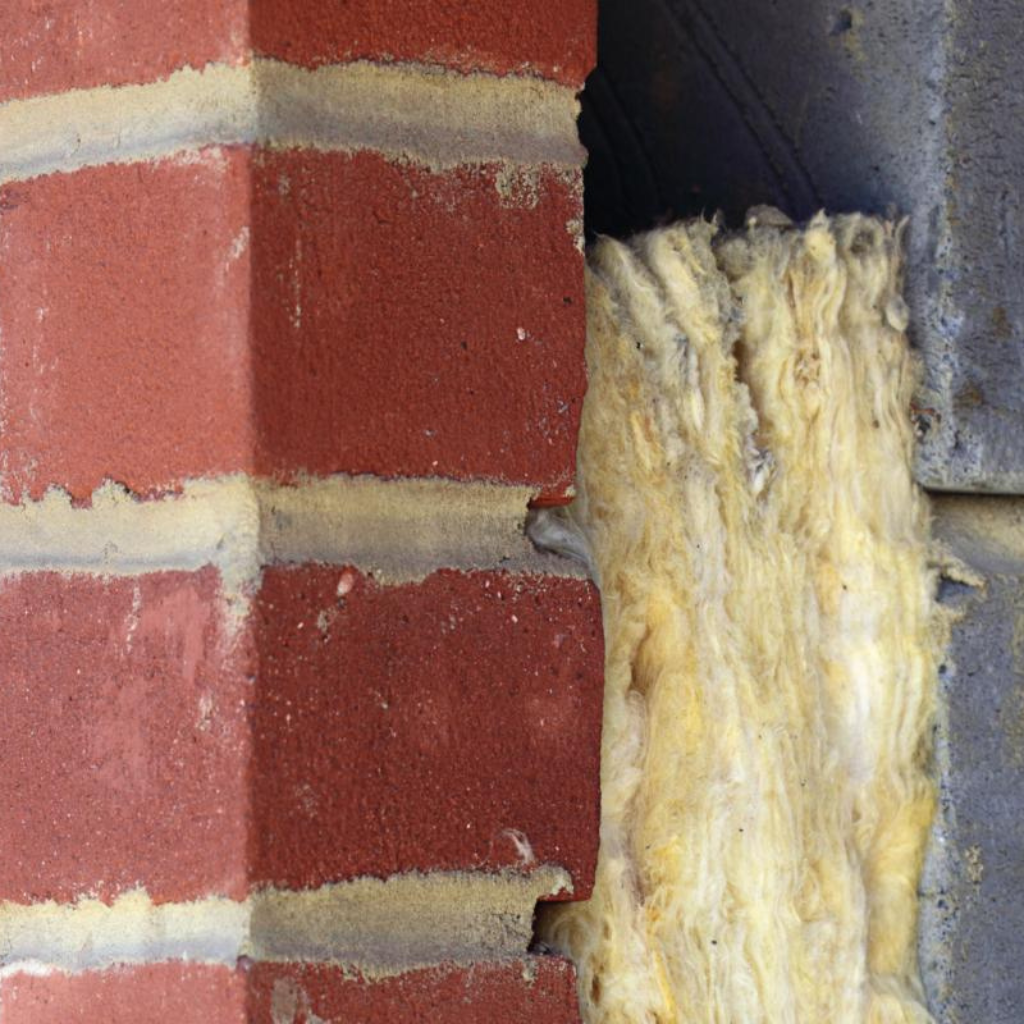
Blown fiber
Is typically glass fibre or mineral wool. It offers the lowest U- value and is easily caught on wall ties and mortar protrusions which leads to cold spots
SHOULD I HAVE CAVITY WALL INSULATION?
Most homes built after 1920 are likely to have a 25mm cavity and from 1930 will have a 50mm cavity. 25mm
cavity wall insulation was first introduced in the 1970s. If you are considering cavity wall insulation, remember
that wet insulation will be far worse than no insulation. With that in mind, the internal surface of the cavity
needs to be completely dry to prevent bridging and penetrating damp patches appearing on internal walls.
The external brickwork needs to be in good condition, with no spalled bricks or damaged mortar joints, so that
it can withstand severe weather events. If driving rain, for example, penetrates the outer skin and gets into the
cavity it can easily transfer through the insulation to the inner skin and appear as a damp patch.
Insulation Problems
As of 2020 there were an estimated 6 million homes with cavity wall insulation & 1.5m (25%) reported to have problems with damp & mould
